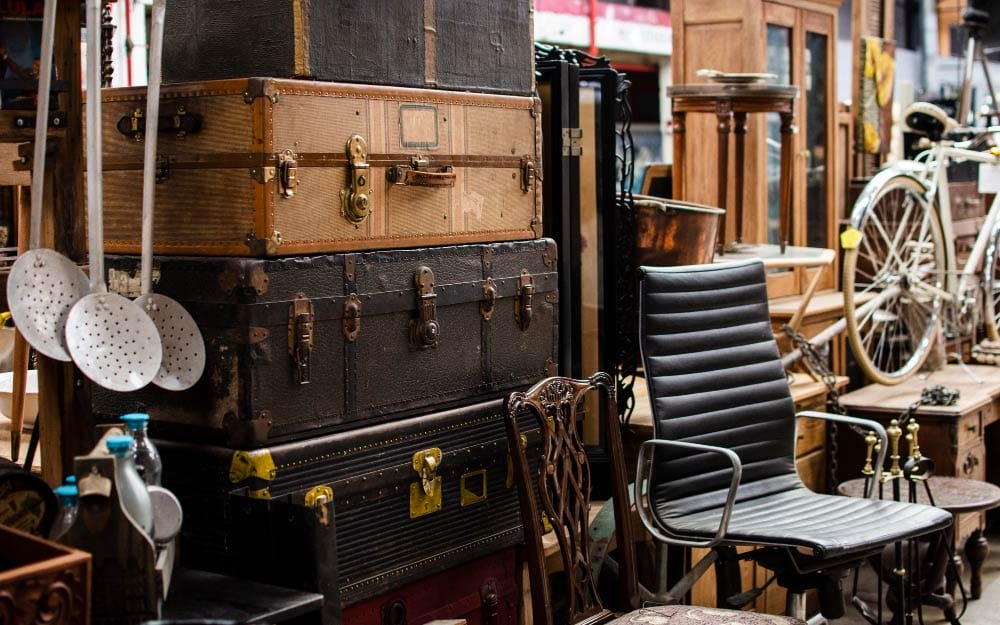
When we think of library; books, movies, and music tend to dominate what comes to mind. However, a revolutionary model is redefining the traditional notion of library, and providing shared access to a wide range of items.
In 2014, Emma Shaw, Rebecca Trevalyan, and Sophia Wyatt started an item lending library, where one can borrow a range of items ranging from electronic gadgets like laptops, tablets, projectors and gaming consoles, to creative equipment like music instruments, cameras, art supplies and sewing machines.
From sports and leisure equipment like bicycles, footballs and outdoor gear, to hardware tools like power drills, and saws, and everything in-between, the Library of Things had it, for a small fee.
The concept is especially useful for those things that you only need occasionally and are often bulky and hard to store. That plastic Christmas tree, the lights and bulky decorations that you bought only a few weeks ago are a good example. There is a lot of fuss for a few days over the festive season, and then these bulky items have to be put away for 11 months before being needed again.
With a library of things, the hustle of buying a highly priced Christmas tree and cumbersome to-store decorations that might only be used once before being disposed of could become a thing of the past.
SWAPafrica, Uganda’s pioneer Library of Things, closed shop several months ago, it was located in Kampala and offered a catalogue of items including smartphones, laptops, a motorbike, whiteboards, movies and books for rent. The item options offered to select from were limited, and it was not long before they called it quits.
Perhaps a mindset emphasis on individual ownership of property – where borrowing items is frowned upon as a sign of poverty, a lack of trust, and concerns about maintenance repair negatively impacted the take-off of the idea.
The library of things concept reinforces the circular economy model of resource production and consumption. According to Wikipedia, this involves the sharing, leasing, reusing, repairing, refurbishing and recycling of existing materials and products for as long as possible. In this way, the life cycle of things is extended and waste is reduced to a minimum.
Related Stories: The Good Side of Being Broke at Campus: Inside Ugandan Universities
Related Stories: Influencer Marketing In Uganda: Why Billboards Are Out in 2025
Imagine walking through your local trading centre a stones-throw away from home, only to come across a ‘library of things’ with rows of shelves displaying household appliances – microwaves, baking equipment, coffee machines, routers, laptops, hair dryers, gardening tools–water sprinklers and hoses, rakes, lawn mowers, and other DIY (do it yourself) equipment all for rent for a short period of time, at a fraction of the cost that you would have otherwise bought them.
Rent the item, use it for a short while, and then return it for someone else to use. The library being in your locality, saves you on transport costs to the city center to buy a new product, and space at home.
Two months ago, The Library of Things celebrated 10 years since its inception as ‘…a tiny experiment in the dusty side room of a public library in South London.’ The founders of this initiative were inspired by the Toronto Tool Library.
The concept is becoming popular in many countries. Here is a list of some of them; The Chicago Tool Library, Leihbar in Bonn Germany, The Hull Library of Things, Leihlager in Switzerland, Sydney Library of Things, and Share Skipton in England.
Related Stories: Gig Economy UK: Are Freelancing Firms in Danger?
Related Stories: Uganda Suspends EPS Auto Traffic Fine System for Review
Seeing how we like to copy and paste trends and ideas from the Western World, I for one would not mind if the Library of Things concept caught on in Kampala.
By Alfred Galandi
1 thought on “The Potential of the Library of Things: Reducing Waste in Africa”
Love this however I feel this is not just a Western idea but has been part of our history in many parts of the world, in different formats. Tool libraries, communities coming together and sharing their resources. We have friends running organisations in Kampala and Mityana and we too have looked for a Library of Things near them. Unfortunately, there is only one that is at the University of Kampala and we are unsure if ‘normal folk’ are allowed to access. It may be worth you checking it out Alfred. Please do keep us updated and/or perhaps we could work together to bring this about in the capital for all.